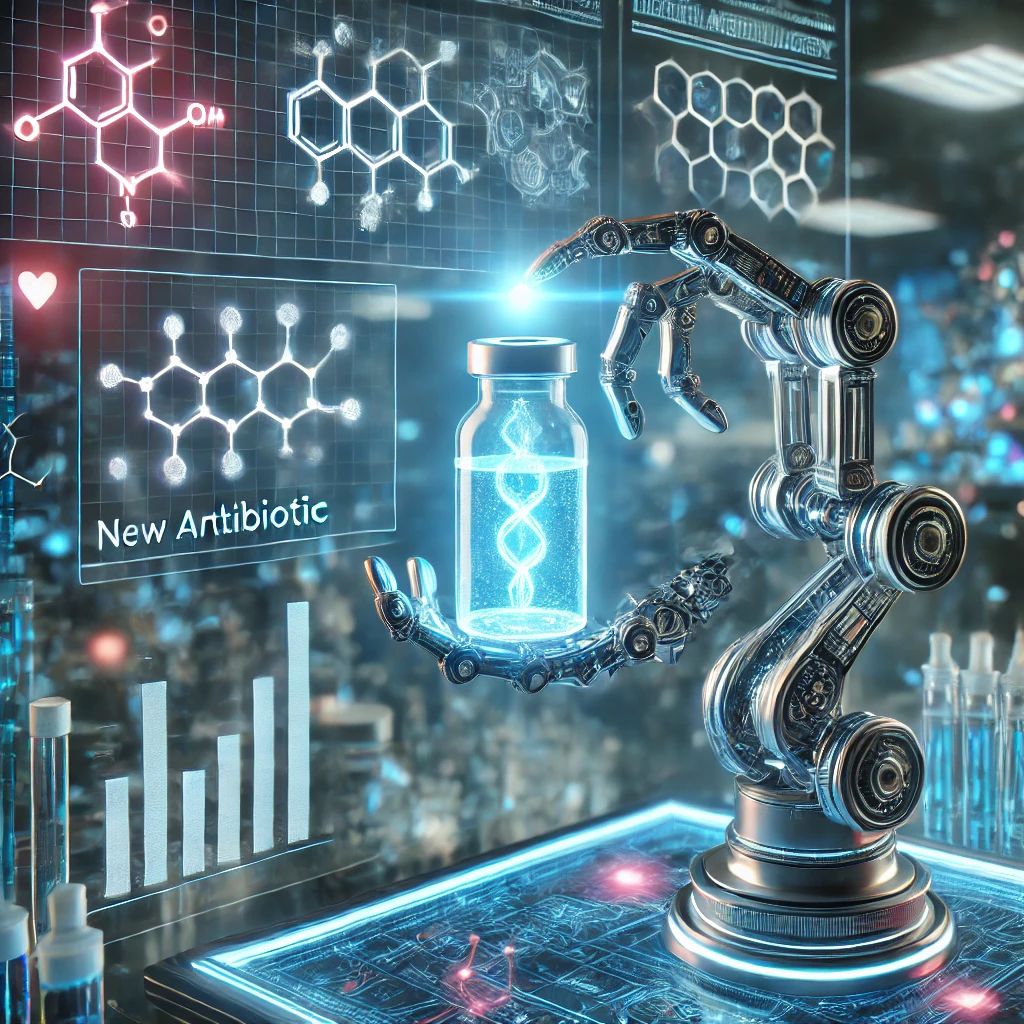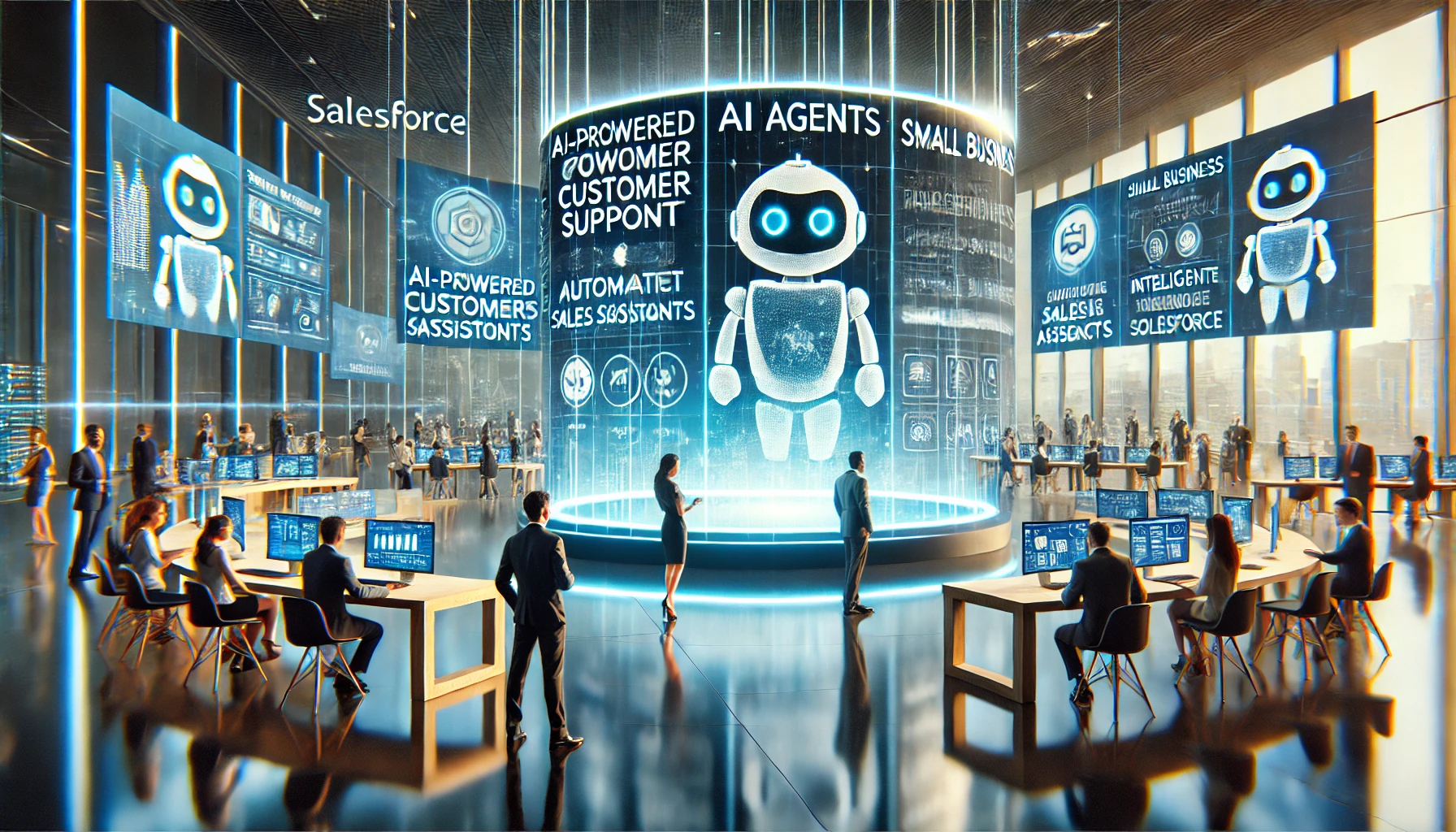A recent breakthrough in AI-driven drug discovery has led to the development of a new class of antibiotics capable of combating resistant bacteria. Researchers from MIT and Harvard utilized a deep learning model to analyze millions of chemical compounds, identifying promising candidates that traditional methods might have overlooked.
The AI model was trained on a vast dataset of molecular structures, allowing it to predict which compounds would be effective against drug-resistant bacteria. The most promising candidate, named “Halicin,” was shown to be highly effective in lab tests. This marks a significant advancement in the fight against antibiotic resistance, a growing global health concern.
The researchers are now focusing on refining the AI model to accelerate the discovery of other potential drugs. This approach could revolutionize how new medicines are developed, drastically reducing the time and cost involved.
Featured Image Description: A futuristic lab setting with a robotic arm holding a vial of a glowing liquid, representing the new antibiotic. In the background, a digital interface displays a 3D molecular model, with data points and chemical structures floating around. The atmosphere is high-tech and cutting-edge, highlighting the fusion of AI and biotechnology.





